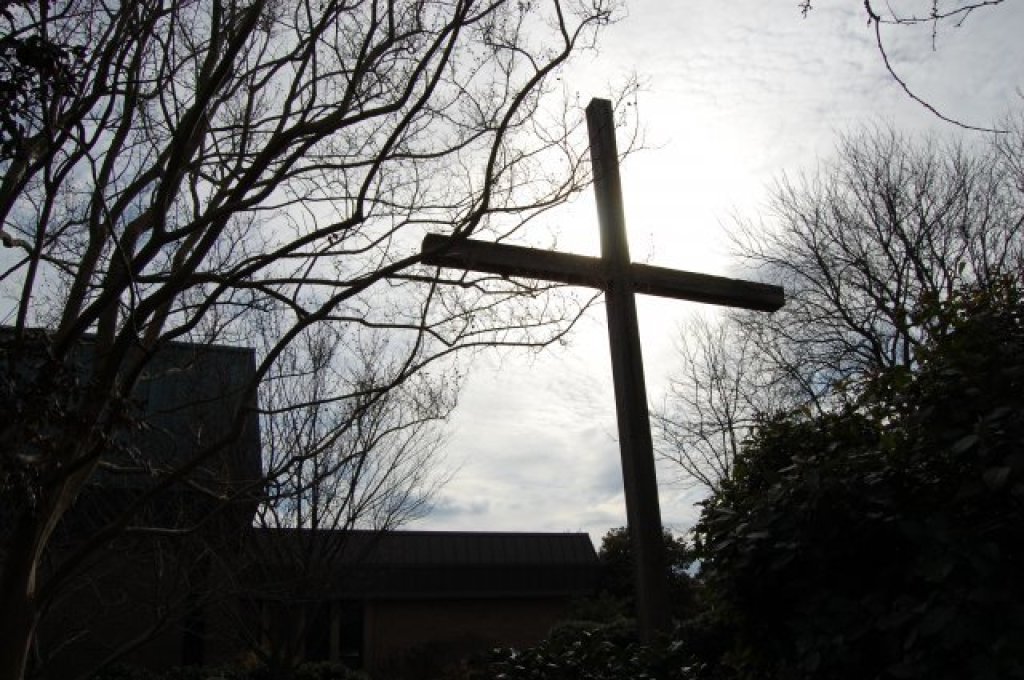
St. Ignatius Loyola Church recently issued the following announcement.
Mary Jemison was probably about 15 years old when she was captured and adopted by Seneca Indians in the late 1750s, during the Seven Years War or "French and Indian War".
Although written in the first person, Jemison was 80 years old and illiterate when she was interviewed by James Seaver who wrote the narrative. Although mediated by another person, this narrative does give us a glimpse of the voice of an English woman who chose to remain and live within the Indian culture into which she had been adopted.
Chapter 3.
The night was spent in gloomy forebodings. What the result of our captivity would be, it was out of our power to determine, or even imagine. At times, we could almost realize the approach of our masters to butcher and scalp us; again, we could nearly see the pile of wood kindled on which we were to be roasted; and then we would imagine ourselves at liberty, alone and defenseless in the forest, surrounded by wild beasts that were ready to devour us. The anxiety of our minds drove sleep from our eyelids; and it was with a dreadful hope and painful impatience that we waited for the morning to determine our fate.
The morning at length arrived, and our masters came early and let us out of the house, and gave the young man and boy to the French, who immediately took them away. Their fate I never learned, as I have not seen nor heard of them since.
I was now left alone in the fort, deprived of my former companions, and of every thing that was near or dear to me but life. But it was not long before I was in some measure relieved by the appearance of two pleasant looking squaws, of the Seneca tribe, who came and examined me attentively for a short time, and then went out. After a few minutes' absence, they returned in company with my former masters, who gave me to the squaws to dispose of as they pleased.
The Indians by whom I was taken were a party of Shawnees,* if I remember right, that lived, when at home, a long distance down the Ohio.
My former Indian masters and the two squaws were soon ready to leave the fort, and accordingly embarked -- the Indians in a large canoe, and the two squaws and myself in a small one-and went down the Ohio. When we set off, an Indian in the forward canoe took the scalps of my former friends, strung them on a pole that he placed upon his shoulder, and in that manner carried them, standing in the stern of the canoe directly before us, as we sailed down the river, to the town where the two squaws resided.
On the way we passed a Shawnee town, where I saw a number of heads, arms, legs, and other fragments of the bodies of some white people who had just been burned. The parts that remained were hanging on a pole, which was supported at each end by a crotch stuck in the ground, and were roasted or burnt black as a coal. The fire was yet burning; and the whole appearance afforded a spectacle so shocking that even to this day the blood almost curdles in my veins when I think of them.
At night we arrived at a small Seneca Indian town, at the mouth of a small river that was called by the Indians, in the Seneca language, She-nan-jee, about eighty miles by water from the fort, where the two squaws to whom I belonged resided. There we landed, and the Indians went on; which was the last I ever saw of them."
Original source can be found here.






 Alerts Sign-up
Alerts Sign-up